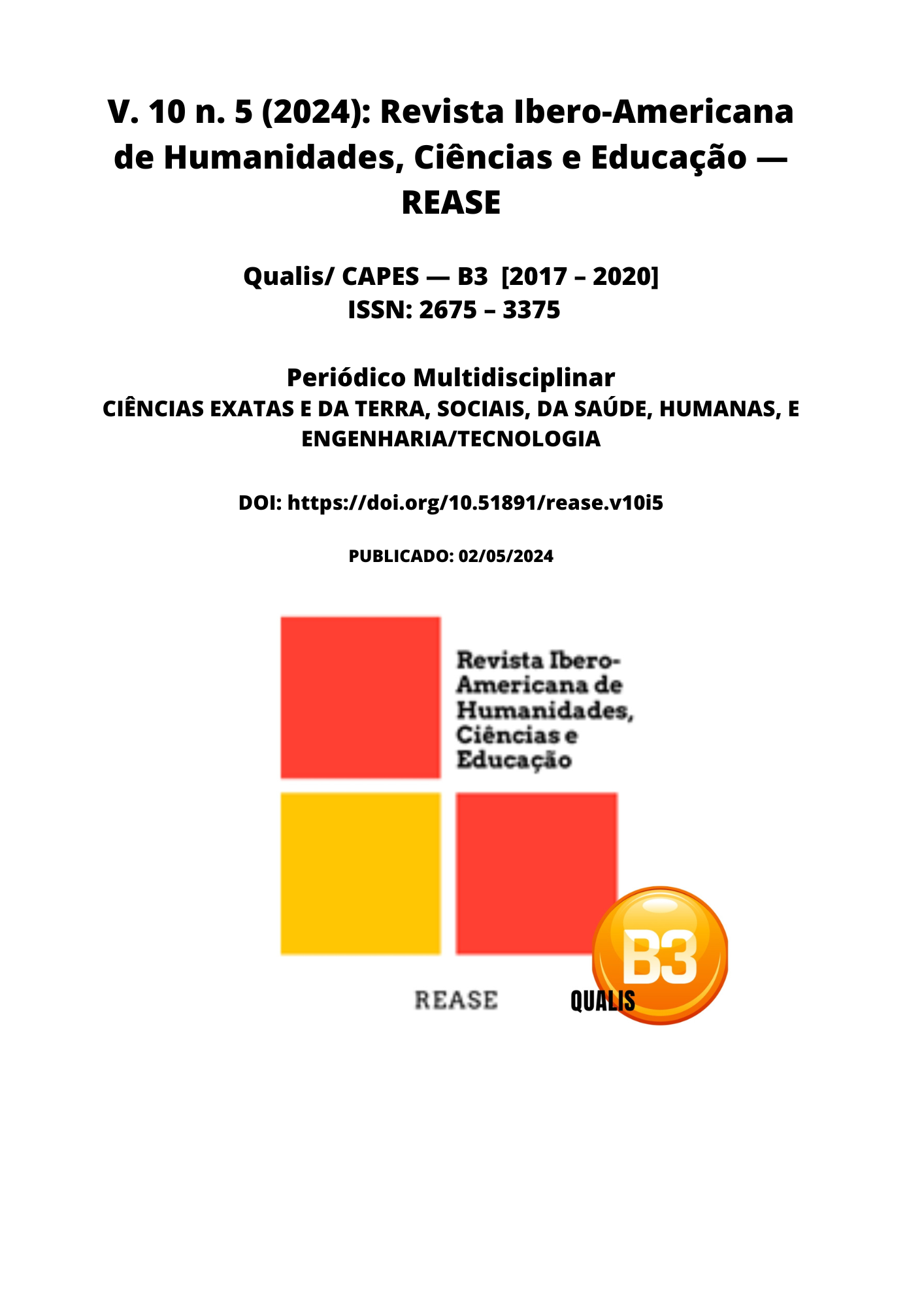RISK FACTORS FOR INFECTIONS AFTER BOTULINUM TOXIN APPLICATION
DOI:
https://doi.org/10.51891/rease.v10i5.13816Keywords:
Botulinum toxin. Infection. Risk factors. Complications and intramuscular injection.Abstract
Infections following botulinum toxin application represent a significant concern in medical practice, especially in aesthetic and therapeutic procedures involving intramuscular injections. With the increased popularity of these procedures in recent years, understanding the associated risk factors has become crucial for the prevention and effective management of these complications. This study aims to explore and analyze the relevant risk factors for infections following botulinum toxin application, using a systematic review of the literature. Objective: The objective of this systematic review is to identify, synthesize and critically evaluate the existing literature on risk factors for infections following botulinum toxin application, aiming to provide a comprehensive understanding of these factors and their implications for clinical practice. Methodology: The systematic review was conducted in accordance with the PRISMA (Preferred Reporting Items for Systematic Reviews and Meta-Analyses) guidelines. The PubMed, Scielo and Web of Science databases were searched to identify relevant articles published in the last 10 years. The descriptors used were "botulinum toxin", "infection", "risk factors", "complications" and "intramuscular injection". The inclusion criteria were: original studies that investigated risk factors for infections following botulinum toxin application, published in English or Portuguese in the last 10 years. Exclusion criteria were: duplicate studies, narrative reviews, studies with small samples and studies that did not specifically address risk factors for infections. Results: The results of this systematic review highlighted several risk factors associated with infections following botulinum toxin application, including immunosuppression, inadequate administration technique, product contamination, and environmental conditions. Furthermore, aspects related to the patient, the procedure and the environment that contribute to an increased risk of infection were identified. Conclusion: This systematic review provides a comprehensive overview of the risk factors for infections following botulinum toxin application. Understanding these factors is essential to guide safe and effective clinical practices, aiming to prevent and adequately manage these complications. More studies are needed to fully elucidate the relationship between these factors and the development of infections, enabling a more precise approach to risk assessment and the implementation of preventive measures.
Downloads
Downloads
Published
How to Cite
Issue
Section
Categories
License
Atribuição CC BY

